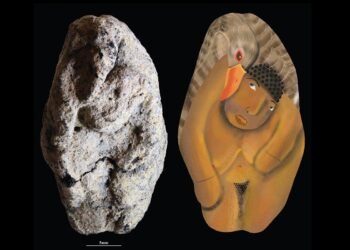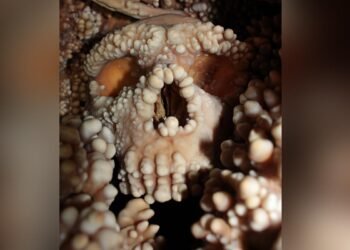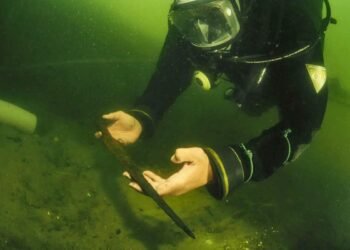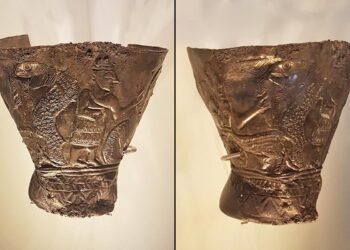The pre-Roman Iron Age in Western and Central Europe was marked by the rich Celtic culture, which has left behind monumental burial mounds and a plethora of archaeological artifacts. Despite this, much about the Celts remains shrouded in mystery.

A collaborative effort between the State Office for the Preservation of Historical Monuments in Baden-Württemberg and the Max Planck Institute for Evolutionary Anthropology (MPI-EVA) in Leipzig, Germany, has yielded groundbreaking insights. For the first time, the genomes of Celtic individuals from several burial mounds have been reconstructed. This research, published in Nature Human Behaviour, reveals significant information about the Celts’ familial and societal structures.
The burial mounds of Eberdingen-Hochdorf and Asperg-Grafenbühl, known as Fürstengräber, are among the most opulent burials in German prehistory, featuring gold artifacts and elaborate bronze vessels. The new genetic analysis has confirmed that two princes buried in these mounds, located about 10 kilometers apart, were biologically closely related.
Dirk Krausse of the State Office for the Preservation of Historical Monuments remarked, “It has long been suspected that the two princes from the burial mounds in Eberdingen-Hochdorf and Asperg-Grafenbühl were related, but only now has this assumption been confirmed by the new analyses.”
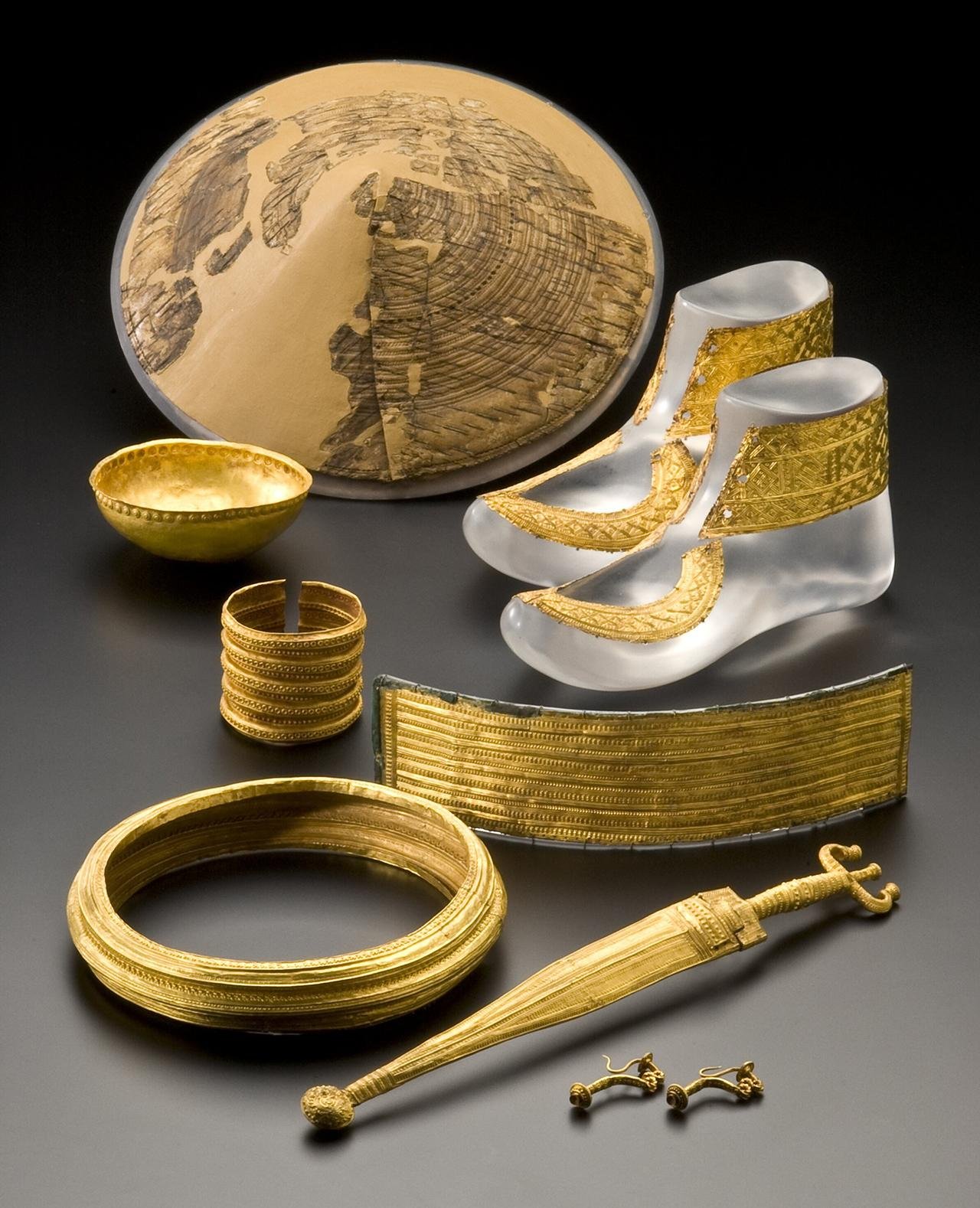
Researchers at MPI-EVA sampled teeth and skull bones from the inner ear using the latest techniques, allowing them to sequence the genomes of 31 individuals. This analysis revealed a close biological relationship between the two central burials. Based on death dates, age estimates, and genetic similarities, it was determined that the most likely relationship was that of uncle and nephew.
This finding suggests that political power in Celtic society was likely inherited through biological succession, akin to a dynasty. The study also uncovered evidence of relationships between other individuals from these mounds, as well as from the more distant Magdalenenberg mound, built about 100 years earlier. This indicates a broad network among the Celts in Baden-Württemberg, where political power was reinforced by biological kinship.
The genetic origins of the Celtic individuals analyzed in this study were traced to present-day France, with a widespread presence in southern Germany at the time. Several individuals also showed genetic origins from Italy, aligning with the Mediterranean styles of many grave goods.
Additional findings from the study include evidence of matrilineal inheritance of power among the Celtic elites. Researchers found that the early Celts may have inherited power through the maternal line, as indicated by the genetic link between the two princes. This matrilineal succession pattern, known as matrilinear avunculate organization, likely arose from the need to ensure genetic relatedness in a society where extramarital mating was common.
The analysis of the skeletons also revealed other familial connections. For instance, a great-grandmother and her great-grandson were identified, despite being buried about 60 miles and a century apart. Additionally, two individuals were found to be offspring of first-cousin parents, suggesting that inbreeding might have been more common among the Celtic elites than previously thought.
This research supports the notion of hereditary leadership organized along maternal lines. Although men primarily wielded power, the rich burials of women indicate their high status in society. Stephan Schiffels from MPI-EVA noted in an email to Live Science, “If a ruler has children on their own but also passes power to their sister’s children, then there might be an incentive to merge the direct and the sister’s lineage, which would then result in first-cousin matings through the female line. But we cannot prove such a scenario from the genetic data.”
The findings provide a clearer picture of the early Celtic political system, characterized by familial interconnectedness and regional hierarchy. The study suggests that the early Celtic elite societies of southwestern Germany were highly complex, with power and status being passed down through biological kinship.



